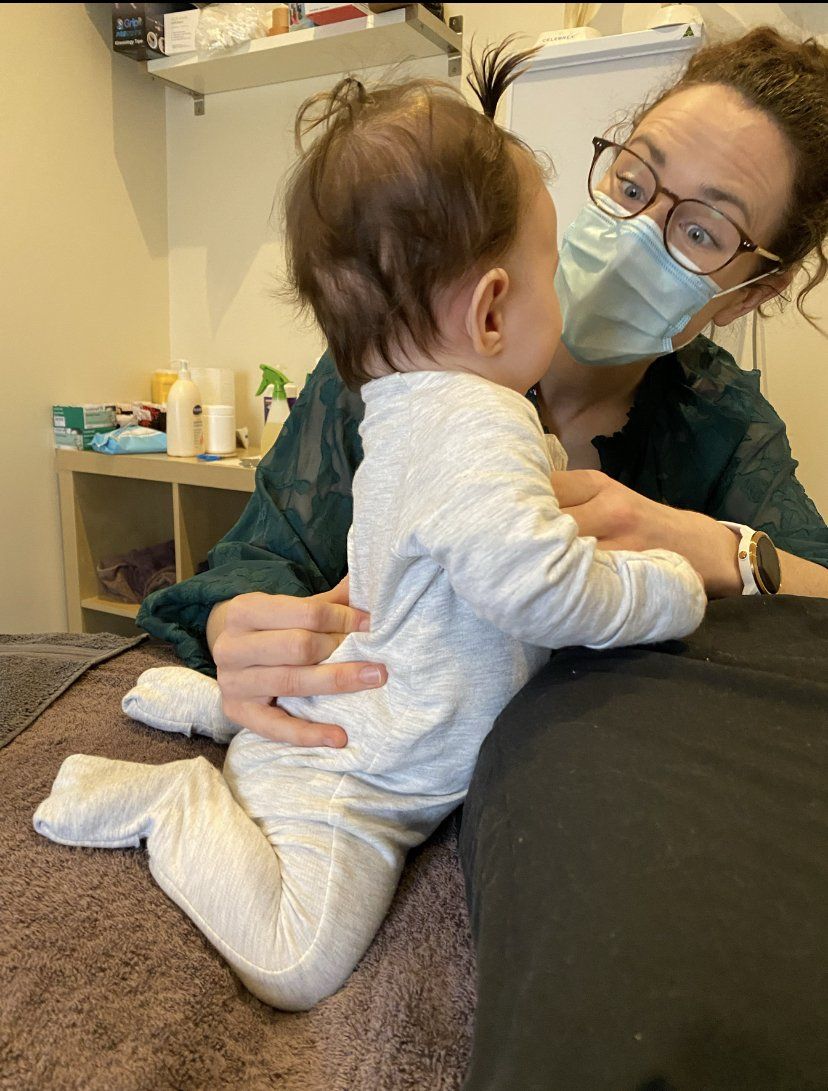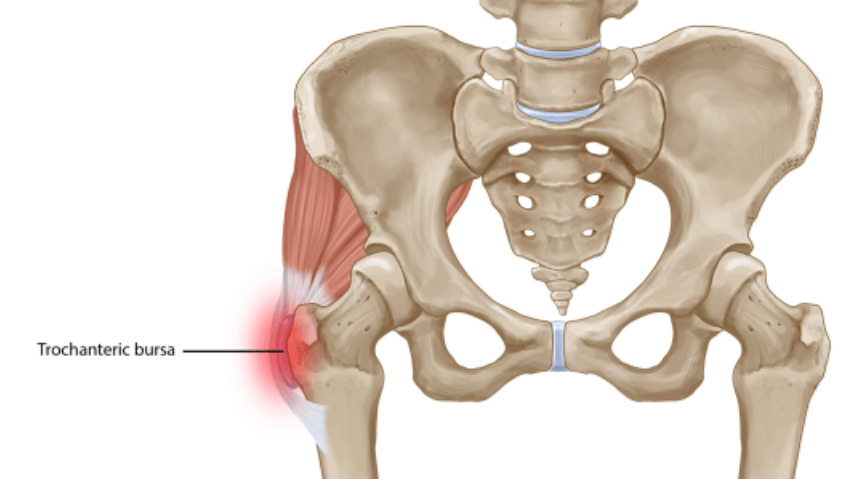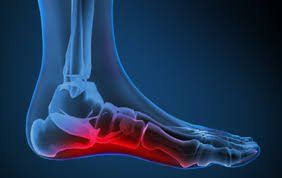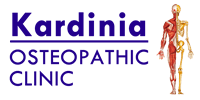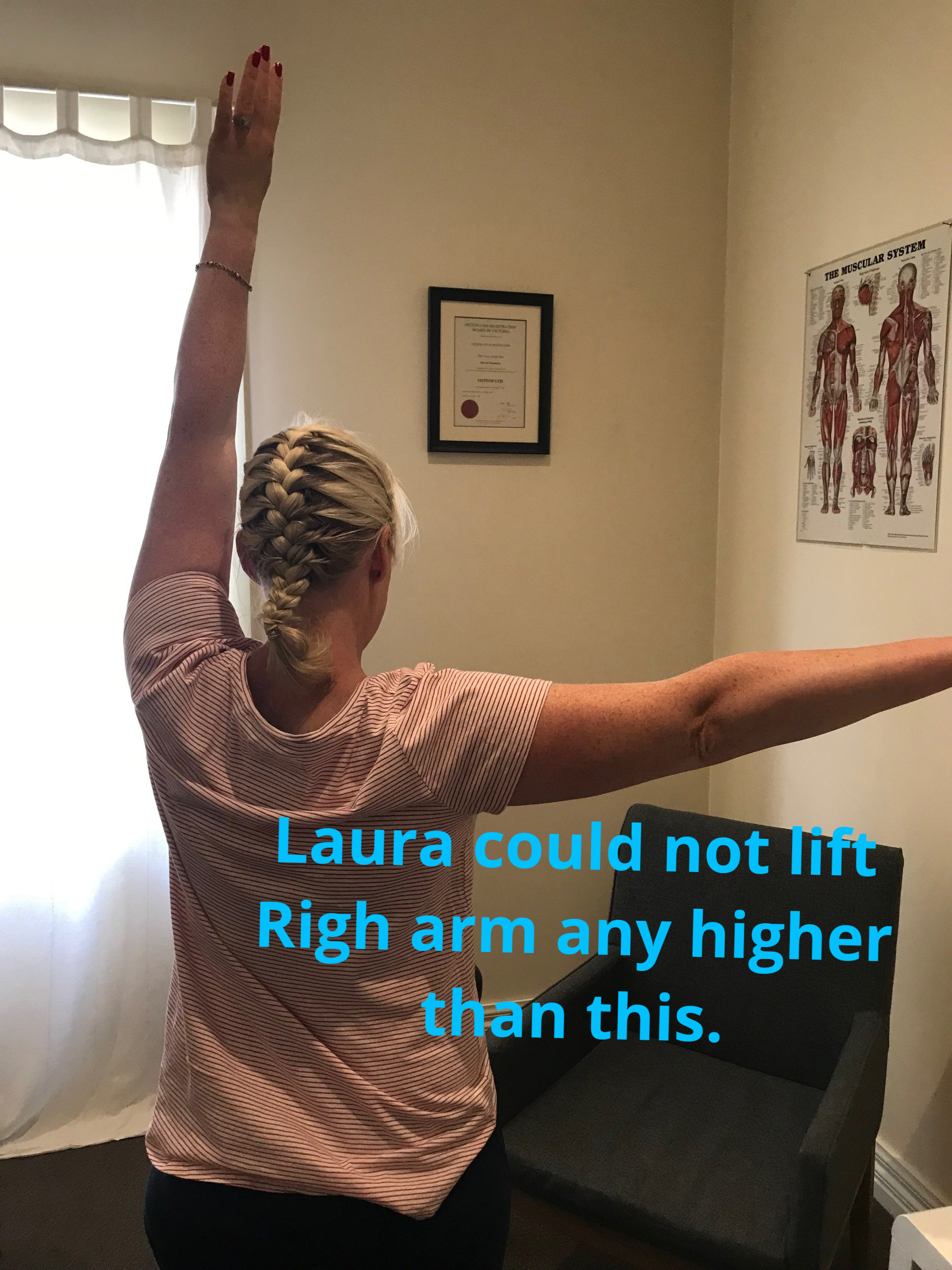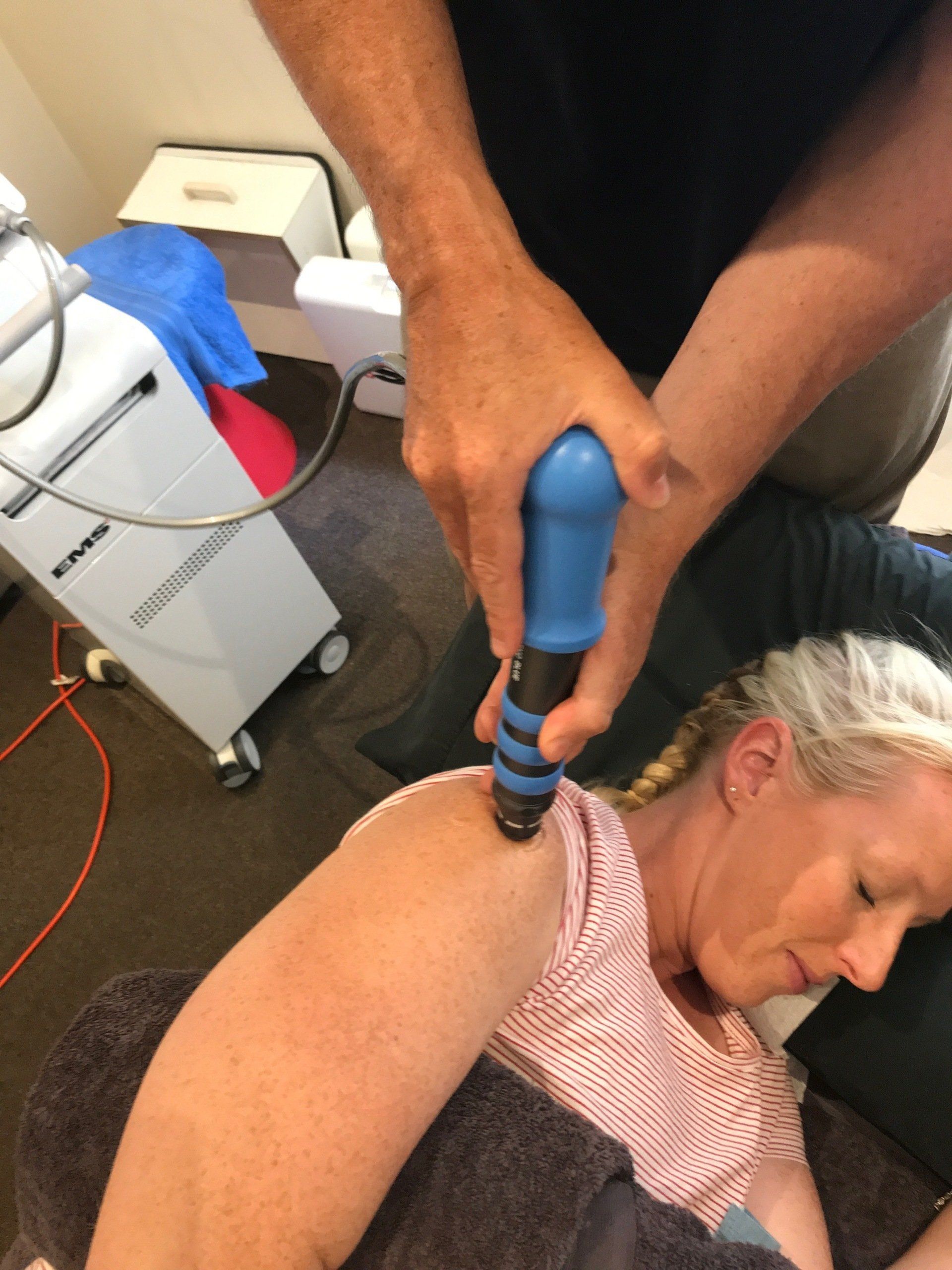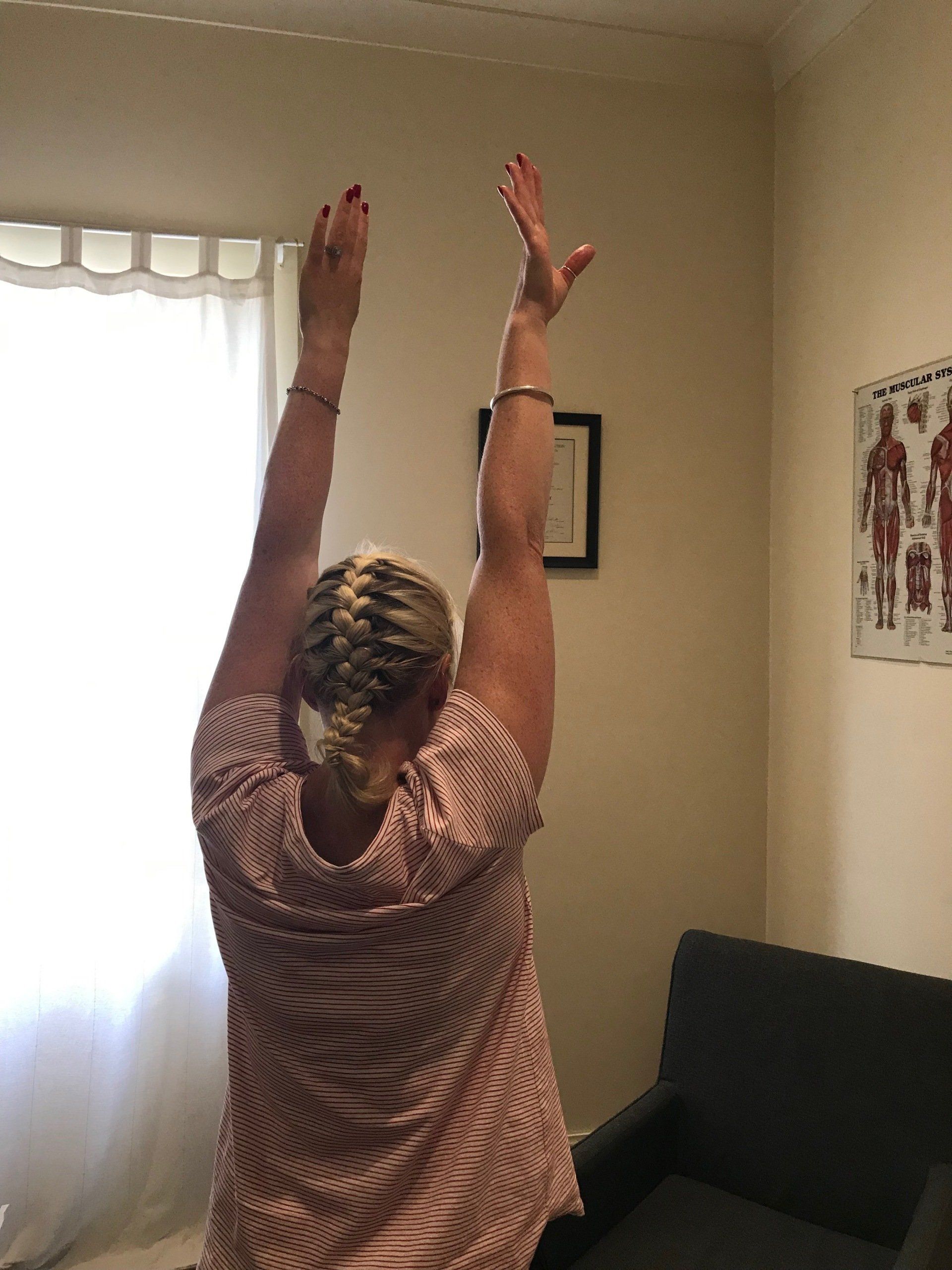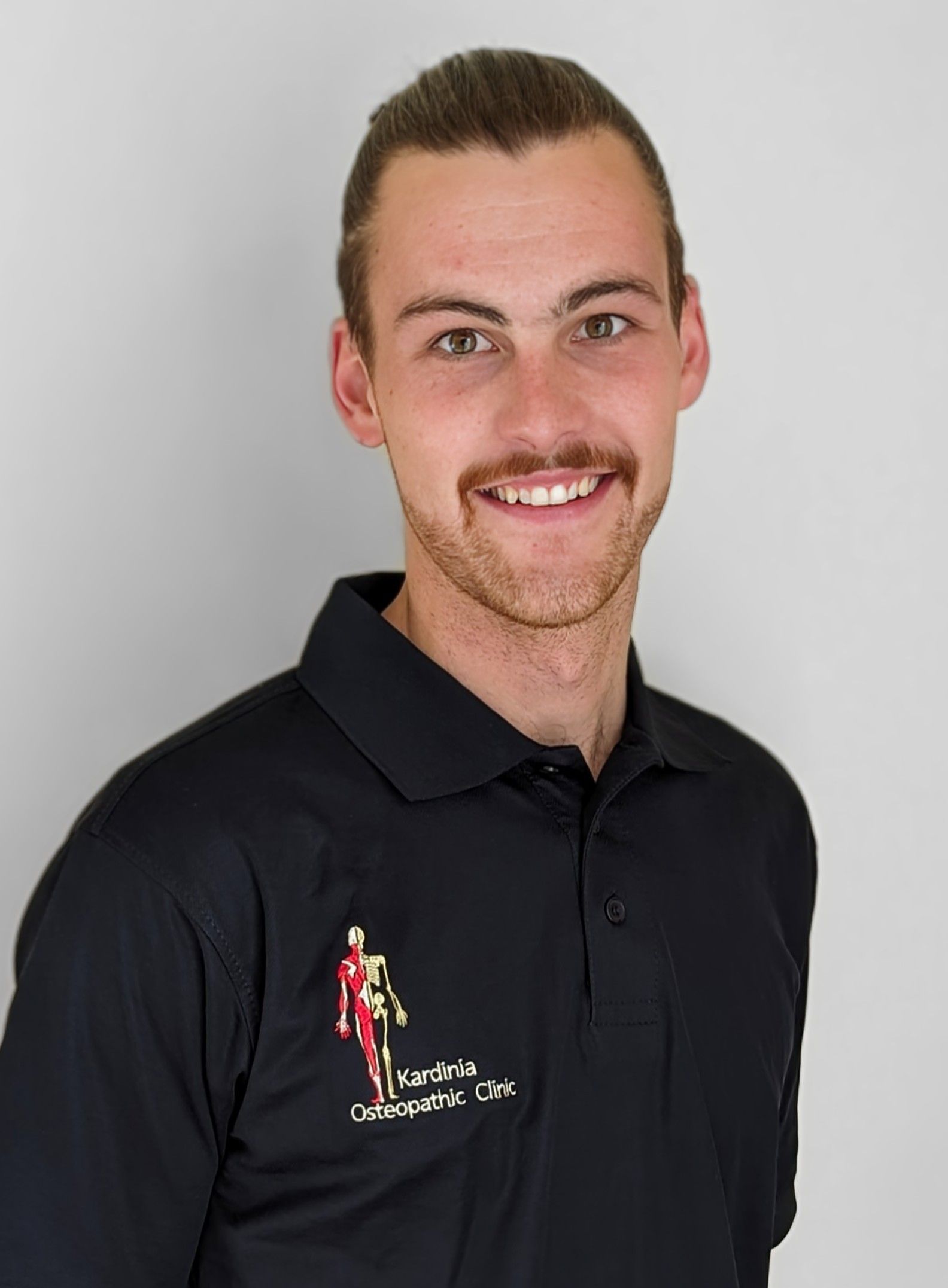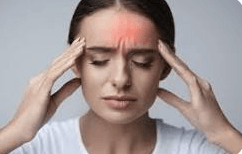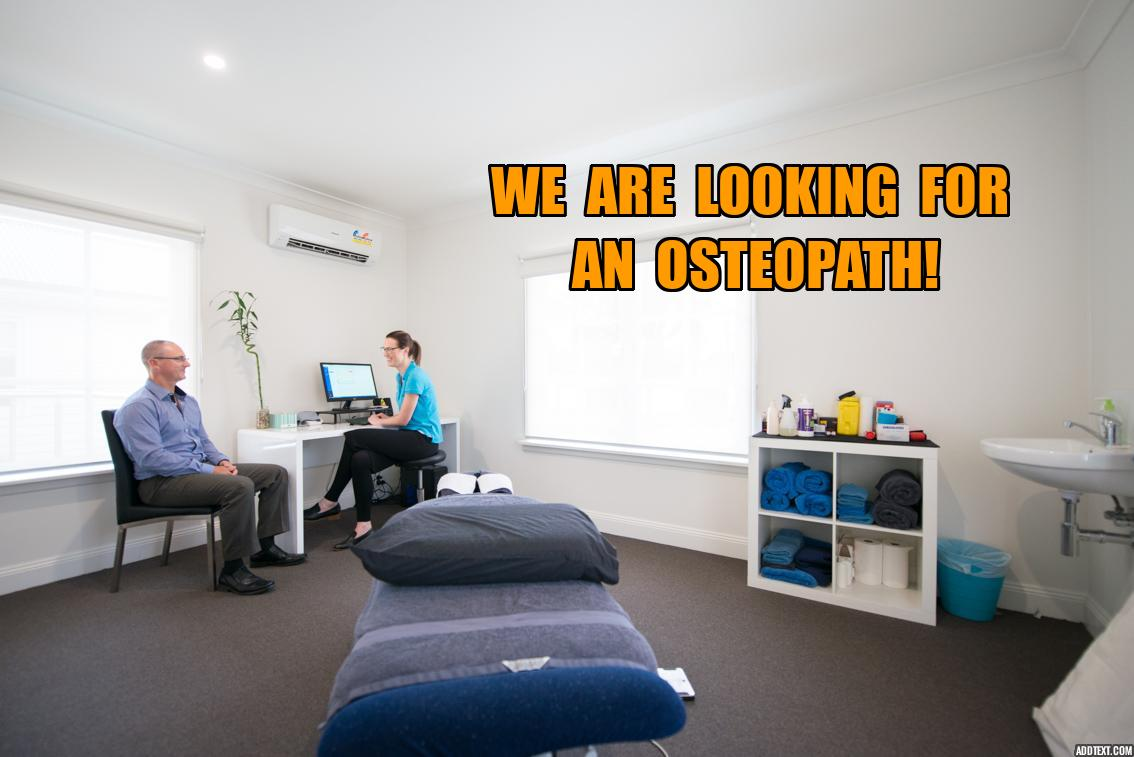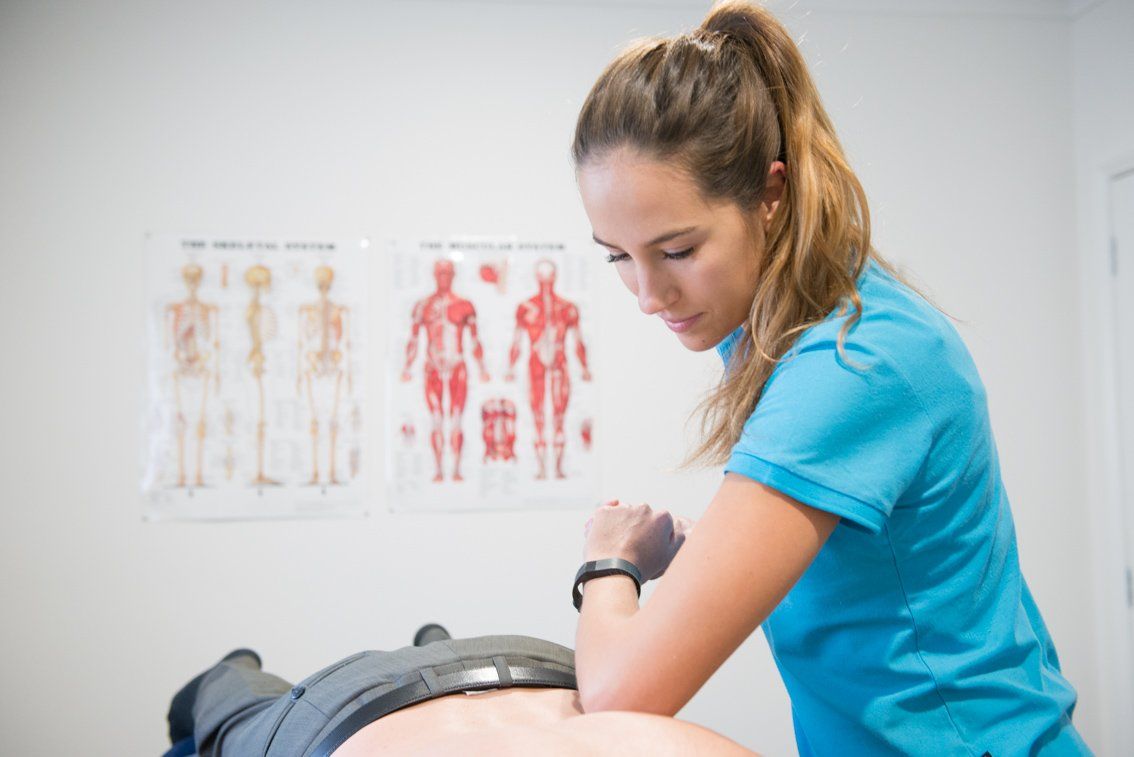Client Story: Shockwave treatment for shoulder pain
Shoulder injury and shockwave client story
Meet Laura. Laura is a patient of Darrell's whom has had shockwave (SW) treatment for her right shoulder rotator cuff teninopathy. Laura injured her shoulder with gym work and tried resting it for approximately 6-8 weeks before booking in for treatment. During this time her pain and range of motion was becoming progressively worse.
At the time Laura was working as a teacher and her exercise regime consisted of lifting weights and cardio sessions at the gym several times a week. She particularly struggles with overhead movements. These movements would often result in a sharp pain in the tip of her shoulder shoulder. She would find that even going to reach out and grab something would result in pain if she reached too far or at the wrong angle.
Before her treatment her range of movement up to her side was around 90 degrees, which is around the level in the photo below.
Laura's first of her planned three sessions, consisted of 2000 SW hits to the injured tissue. Afterwards to her amazement she found that she could lift her arm overhead with minimal pain. She had also regained her strength on her active resisted tests. This is basically because the SW has an analgesic affect.
Very happy with her first session she returned in a week for the second session and reported minimal pain during the week and went back to a modified gym program the following week. Without pain and with good range of movement and strength, the third session of SW was not performed and the session was better put to use with treatment of her neck pain and headaches.
As you can imagine Laura was wrapped and within several weeks was back to her regular gym routine. She has since referred quite a few people our way for SW and for this we are truly grateful.
This response was better than normal and typically we don't find such a rapid rate of improvement. However, most people find that in 3-4 sessions that they are considerably better. A majority of our clients who have had this done progressively improve over the 3-4 sessions to be pain free or with only minor pain at the end of the treatment. Typically at this point we will implement a rehabilitation program.
So if you or someone you know has a chronic tendon issue (greater than 6 weeks) why not give shockwave a go. You might just find you have a great result just like Laura.
Post Shockwave - Hands up if you think shockwave is great!

